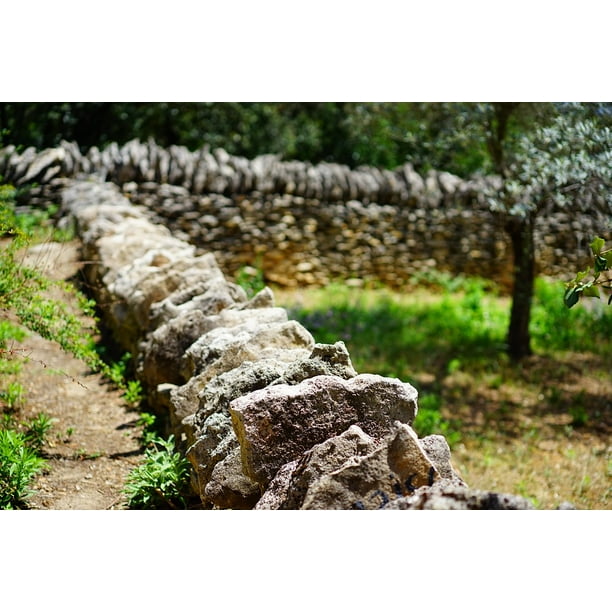Tending to A Masonry Floor


Dry Stone Masonry Sheffield of the world, natural masonry components can be found in an array of textures, simple shades of colour, and also a variety of shapes you can use to create an impressive interior floor. Masonry is made from stone or clay. Whether utilized in it's original form - pebble or slate, with regard to example - or in manmade variations, like brick or even terrazzo, masonry makes an exceptionally hard, durable floor.
Natural stone masonry flooring- pebble, slate, limestone, stone, and flagstone- will be usually installed only in entryways, dining rooms, and bathrooms, or used as attractive flooring around fireplaces.
Brick, a relatively inexpensive sort of masonry, has become an increasingly popular choice for interior floors. Its mass and its temperature retaining property help it become ideal for unaggressive solar home styles.
The porous surface area on most masonry floor should be sealed following the floors are mounted. Special sealers are usually available for specific forms of masonry. Many are penetrating sealers that soak in to the porous area; depending on the particular flooring material, a person may need in order to apply several layers to produce the hard surface.
Your masonry supplier can easily recommend the best item for the kind of masonry floor you've installed. To use the sealer, follow the manufacturer's instructions.
Once the area has been sealed, masonry floors are very simple to sustain. The materials are usually rugged and sturdy and even need only an intermittent sweeping and cleansing with a moist sponge mop plus mild detergent.
An individual may have to use a light layer of wax now and then to get out the figure and texture of the flooring stuff. Check the content label of the wax tart container to help make sure the feel you've selected is compatible with the brickwork material. Generally, you'll be buying a water-base emulsion wax.
